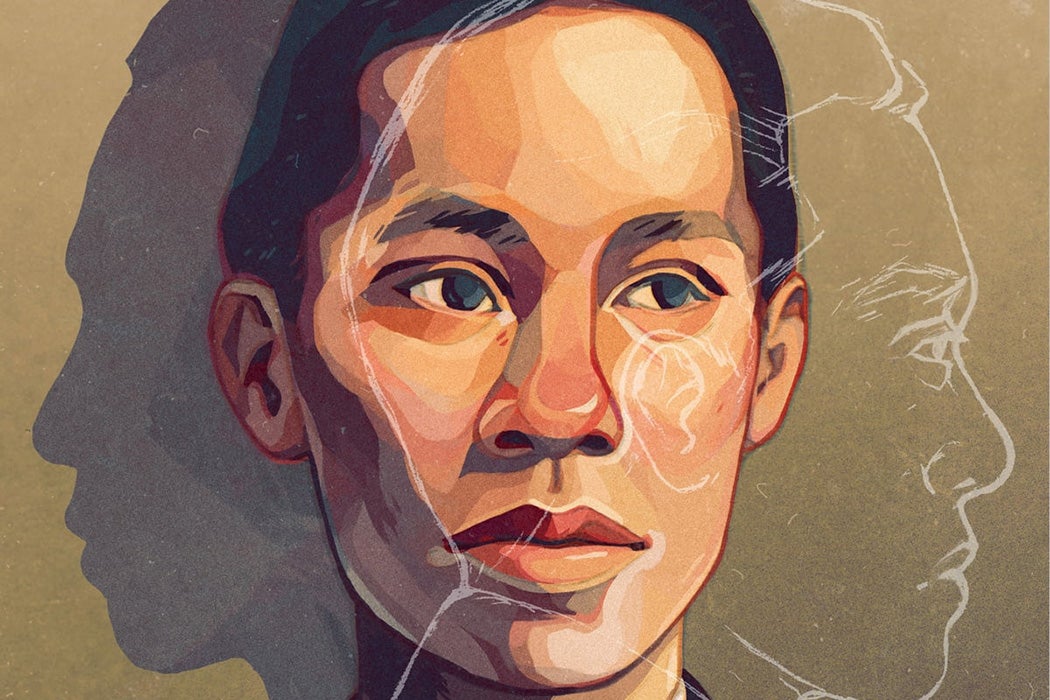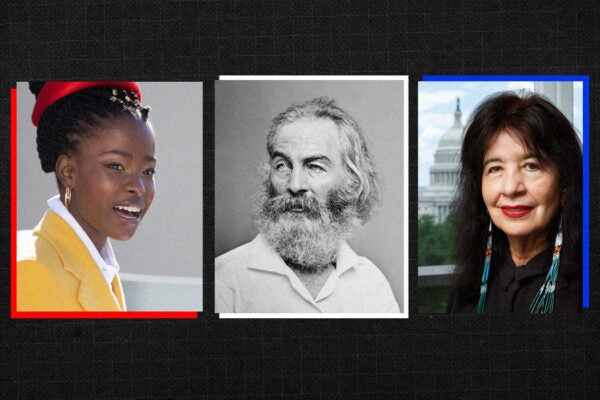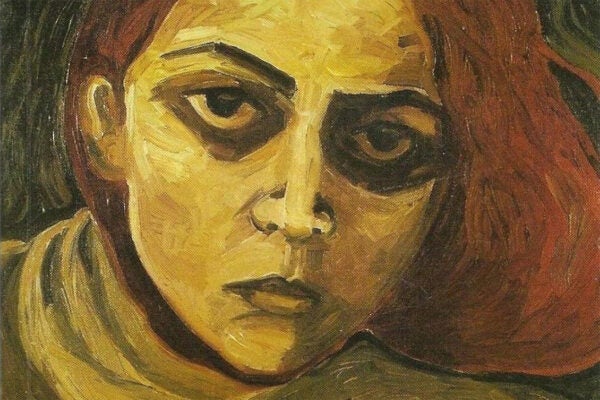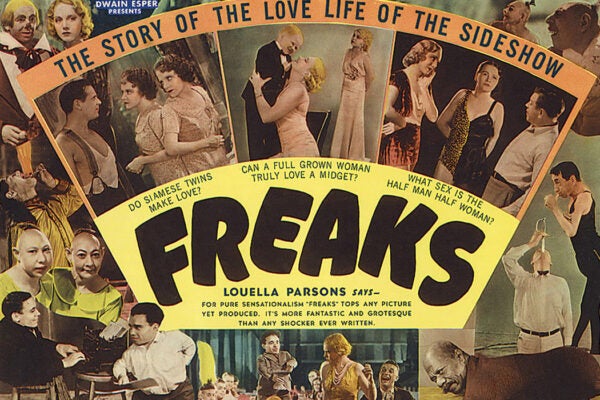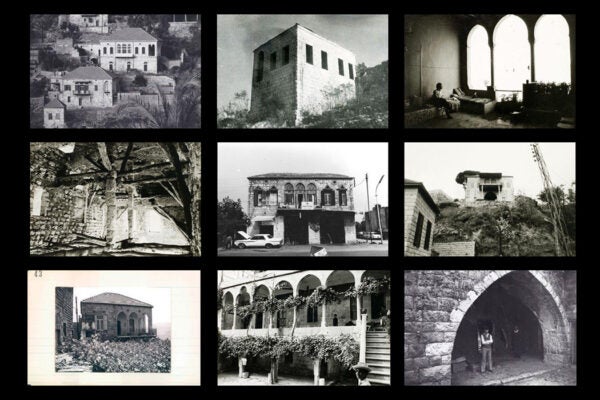Novelist and poet Carlos Bulosan (1913–1956) immigrated from the Philippines to the United States at age seventeen, arriving in Seattle in 1930 only to find his employment opportunities little improved over what they had been back home. Bulosan captured the spirit of this part of his life history in his social-realist novel America is in the Heart, which follows the semi-autobiographical protagonist Allos, who also leaves his life as a farmer in the Philippines for a series of blue-collar jobs in the US. The ending of the 1946 classic has divided critics for decades. In its forceful final paragraph, Allos reports his epiphany that “that no man—no one at all—could destroy my faith in America again,” adding that this faith “had grown out of my defeats and successes.”
But why does Allos express such confidence in a country in which he has been exploited and degraded by racist and capitalist forces? It’s part of Bulosan’s “radical project of solidarity of people of color against capital,” postcolonial literature scholar E. San Juan, Jr. explains.
Defending Bulosan as a “central touchstone” for Filipino American literature, San Juan argues that the author stands out for his critical portrayal of American colonial domination. At the same time, he expresses misgivings over how Bulosan’s “socialist and anti-imperialist politics, his materialist outlook, and his paramount commitment to genuine national sovereignty and popular democracy for the Philippines” have been obscured by popular responses to his work.
America is in the Heart closes memorably with Allos declaring his faith in America. That faith, he explains,
grew out of the sacrifices and loneliness of my friends, of my brothers in America and my family in the Philippines—something that grew out of our desire to know America, and to become a part of her great tradition, and to contribute something toward her final fulfillment. I knew that no man could destroy my faith in America that had sprung from all our hopes and aspirations, ever.
Despite this idealistic tone, San Juan rejects the notion that the novel shows “a sustaining desire to win American acceptance,” as pioneering Asian American scholar Elaine H. Kim suggested in her 1982 book, Asian American Literature, An Introduction to the Writings and Their Social Context.
“In spite of her good intention, Kim’s pedestrian conformism disables her from perceiving the deviancy of Bulosan’s text,” he writes.
Other scholars have argued that the “ironic counterpointing of voices or masks” in America is in the Heart subtly critiques the more overt “naive professions of faith,” contradicting a wholly idealistic interpretation of the novel.
Agreeing with the latter interpretation, San Juan adds that the narrator’s “exorbitant rhetoric” and the novel’s “formulaic closure” can also be explained by the publisher’s desire to appeal to a World War II-era audience, as well as by “the convention of the romance genre in Philippines popular culture.”
San Juan notes that Bulosan gained recognition posthumously in 1973, when ethnic studies activism prompted a reprint of America is in the Heart. But he contrasts Bulosan’s legacy with other Philippines-born authors who were also celebrated in the 1980s and 1990s. For instance, the poetry of Bulosan’s contemporary Jose Garcia Villa is symptomatic of “the petit bourgeois Filipino…unable to accommodate himself to his new environment” in America.
What about Bienvenido Santos, who lived and worked in the United States during the Marcos dictatorship? Santos sells “the charm of victimage” in his embrace of “the hurts, alienation, and defeatism of pensionados…and other third wave derelicts,” writes San Juan. As for Jessica Hagedorn, San Juan argues that her hit novel Dogeaters is a “trendy work” whose postmodern style “blunts whatever satire or criticism is embedded in her narrative.”
It’s with Bulosan that San Juan finds a satisfying engagement with the “limbo of alterity of neitherness” that emerges from Filipinos’ status as colonial subjects in the mid-twentieth century.
Weekly Newsletter
“In Bulosan’s life-history…the itinerary of the peasant-become-worker unfolds in the homeland of the occupying power (the United States) a drama of collective self-discovery,” San Juan writes. “[T]he traumatic primal scene of deracination is reenacted and valorized in the acts of participating in the multi-racial workers’ fight against US monopoly capital.”
Bulosan’s writing reflects an awareness of the inequality between the Philippines and the United States—and, just as importantly, connects that unfair relationship to his own class experience.
San Juan identifies Bulosan not only as a creator of Filipino American literature but also a migrant from an early wave of Filipino laborers in North America. In Bulosan’s historic life and work, then, “writing becomes a mediation between negated past of colonial dependency and a future ‘America’ where people of color exercise their right of self-determination and socialist justice prevails.”
